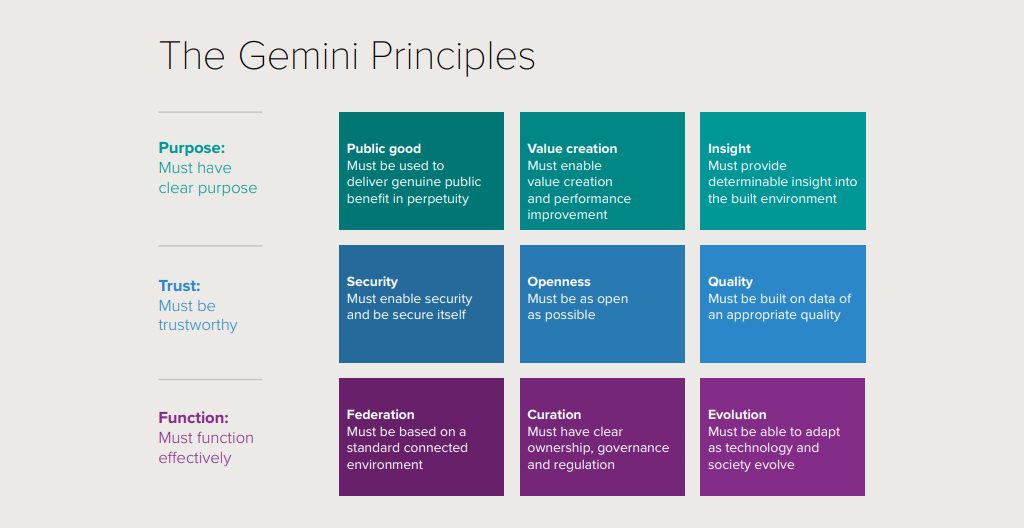
Most countries recognise the importance of digital technologies and have developed or are developing national digital strategies. Many of these efforts tend to be cookie-cutter approaches with a Christmas tree of initiatives. Such plans often borrow from others without customisation or contextualisation, while incorporating whatever happens to be the flavor of the month. We would argue that any attempt at a digital strategy should start with a strong sense of focus. In such endeavors, less is often more. Plans should also articulate overarching values, principles, and frameworks that can serve as a compass to set direction and bring a sense of coherence to disparate efforts by multiple stakeholders. Finally, no strategy is complete without a proper sequencing of initiatives.
Given the rapid digitalisation of economies across the world, we are fast moving from a paradigm that considers the digital economy within well-defined sectoral boundaries, to one where digital technologies are becoming ubiquitous – touching every facet of society. The phrase “digital economy” is losing significance as the economy itself becomes digital. In a context where digital technologies are getting embedded and enmeshed across the economy, the complexity of developing, coordinating and implementing national digital strategies has become a daunting task. The rapid rate at which new technologies and business models are emerging, makes it even harder for policymakers to keep pace.
In an environment of exploding complexity and rapid change, it is crucial to adopt a more structured and, in some sense, a more minimalist approach to digital strategy. Ideally, such an approach should look at digital strategy from four perspectives:
- Focus. Identification of the most critical areas that can have cascading impacts across the economy
- Guiding compass. Defining a broad set of values, principles, and frameworks to guide action by multiple players and align strategy to the achievement of societally relevant goals
- Organisational design. Redefinition and reinvention of the organisational structures of government to contend with fast moving technologies and business models
- Sequencing. Determination of the sequencing and timing of various policy interventions.
To elaborate further on these four dimensions:
Focus
Digital technologies are not an end in themselves but are tools for achieving societal objectives. Examples of such goals are national development plans, or the United Nations Sustainable Development Goals (SDGs). Another example is Kate Raworth’s ‘Doughnut Economics’ which wisely aims to balance planetary with societal goals.

Donut Economics, Kate Raworth
Keystone Objective. National development goals/SDGs tend to be broad in their scope, and there is a danger of efforts becoming too diffuse when incorporated as part of a national digital strategy. There may, therefore, be a need to sharpen the focus further. One approach might be to identify a keystone objective which can potentially have cascading impacts across the economy and use it for providing strategic focus. Such a keystone would help reduce/eliminate redundancies and wasteful investments. In the corporate sector, Paul O’Neill’s singular focus on “zero worker injuries” while leading Alcoa is an enduring example of success.
A digital strategy that follows the various causal links to achieve the keystone goal of ‘Good Jobs for All’ as an example would end up touching upon every important aspect of the digital economy. It would be an interesting parallel to William Blake’s poem of seeing the “world in a grain of sand”.
Problem Statements. A great way of achieving focus is to identify problem statements and use them to solicit innovative solutions. Some leaders in digital government, e.g., Israel’s Ministry of Health, the Monetary Authority of Singapore, and the EU (among others) have been pursuing such an approach with a fair degree of success.
Guiding Values, Principles and Frameworks
National digital strategies would benefit from the adoption of values, principles, and frameworks that could provide broad guidance to multiple players undertaking their digitalisation initiatives. Having a directional compass would offer strategic alignment and cohesion – while allowing for innovation and creativity on the part of individual actors.
Example of Values. Values are the touchstone to decide what should be prioritised and to what purpose. Openness, positive impact, empathy, and compassion are excellent values adopted by many successful organisations.
Example of Guiding Principles. The UK has recently come up with the Gemini Principles for a National Digital Twins strategy:

Gemini Principles for a National Digital Twins strategy
Example of a Framework. The OECD has formulated a six-dimensional Digital Government Framework:
1. From the digitisation of existing processes to digital by design
2. From an information-centred government to a data-driven public sector
3. From closed data and processes to open by default
4. From a government-led to a user-driven administration
5. From government as a service provider to government as a platform
6. From reactive to proactive policy making and service delivery
Organisational Design
Existing organisational structures of government are primarily designed for an analog world and need to change to become more relevant in the digital era. A good starting point for an organisational redesign is the area of digital regulation which often adopts a narrow sectoral approach that is likely to be sub-optimal. Also, the rapid pace of technological change typically results in laws and rules lagging technology.
Digital regulation needs to be designed from the ground up to be cross-sectoral, cross-border, cross-platform, public-private, and technologically oriented. Given that digital technologies are general purpose technologies, their regulation should be cross-sectoral as a horizontal, rather than as a vertical. Given that data flows are often agnostic to national boundaries, and the most valuable tech companies (e.g., social media companies) are outside most national borders, it is essential to bring a cross-border perspective to regulation. Similarly, the oversight of Over the Top content (OTTs), for example, requires cross-platform approaches.
If regulatory actions have to keep pace with technology, it will be necessary for regulators to work upstream with innovators and startups through strong public-private partnerships.
Some countries starting with the UK have established regulatory sandboxes to work closely with the private sector. Regulators will also have to leverage technology better in the future to retain their relevance. A case in point is tackling online harms. It may be impossible to prevent the spread of harmful content on social media, without the use of automated safety technologies.
Sequencing
A sound digital strategy should have a correct sequencing of actions for promoting the digital economy. Foundational elements, e.g., broadband networks, ease of data access, cybersecurity, digital skills, agile regulation, and entrepreneurship deserve precedence over other aspects.
Finally, to paraphrase Boon Siong Neo and Geraldine Chen in their book ‘Dynamic Governance,’ in developing a national digital strategy it is crucial to think ahead, think across, think big, and think again.






